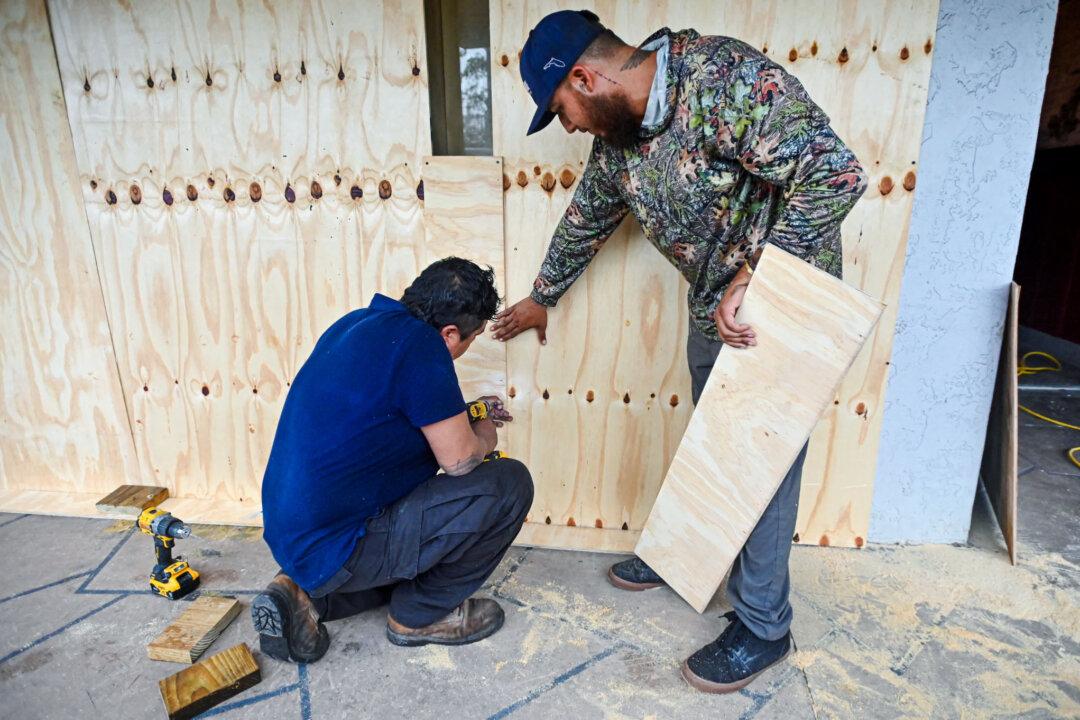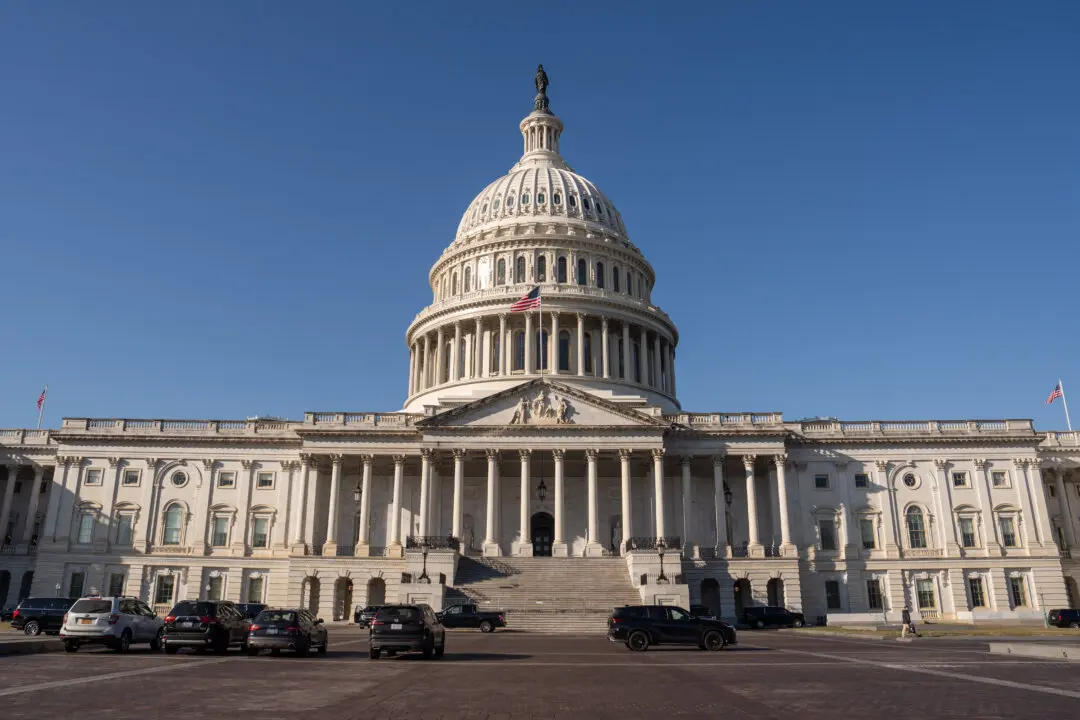Floridians were scurrying on Oct. 8 to prepare for a second devastating hit in as many weeks. But this time they expected a storm unlike any the hurricane-hardened residents in the central swath of the state have seen in 20 years.
With Hurricane Milton barreling toward a projected Tampa Bay-area landfall—the first in a century—residents in coastal evacuation zones still inundated by Hurricane Helene’s sideswipe were being urged to flee.




